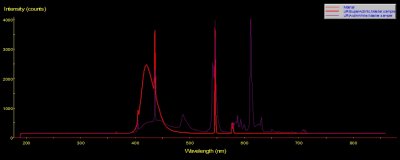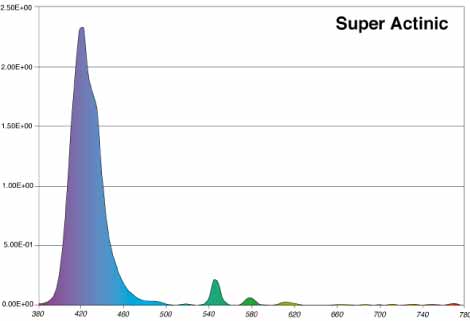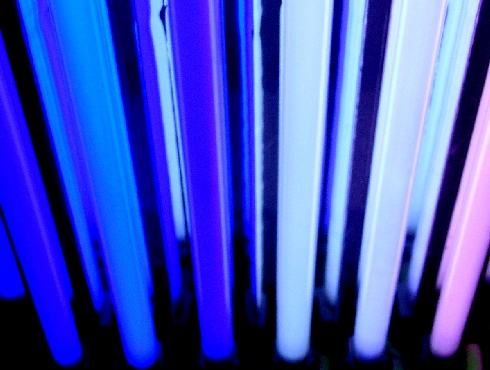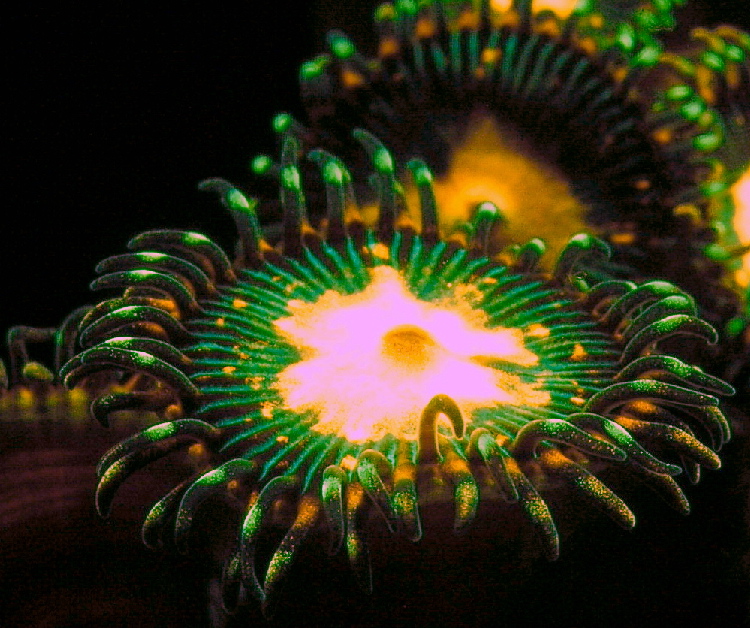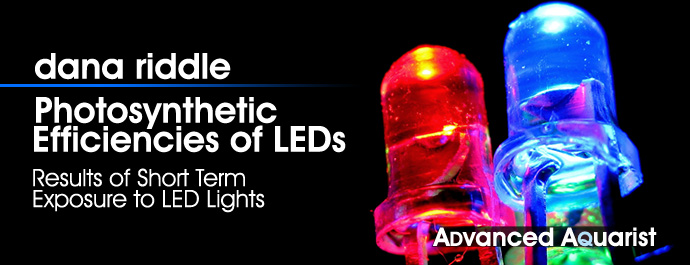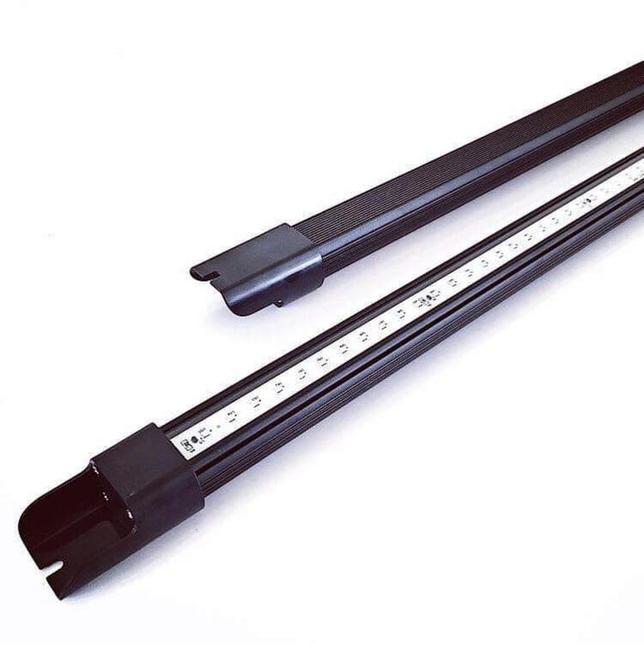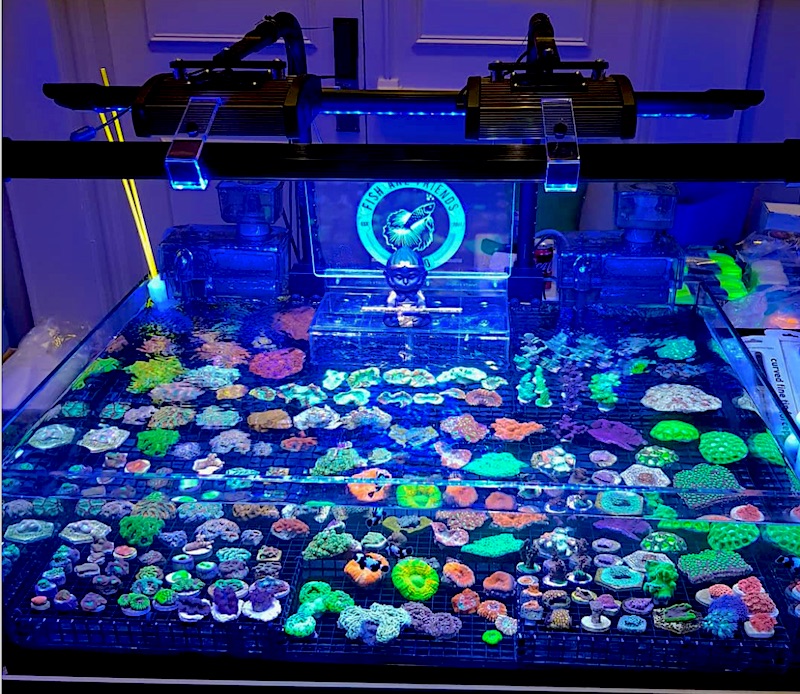Any recommendations on which LED supplement bar style comes the closes to the old VHO Super Actinic T8?
Dana, I saw this in another thread and thought maybe you've found some:
Dana, I saw this in another thread and thought maybe you've found some:



